Owning an antique car is a dream for many automotive enthusiasts, offering a journey back in time to the golden age of motoring. However, the romance of owning a classic vehicle is often accompanied by unique challenges that modern car owners might not face. Exploring these multifaceted realities helps understand what it truly means to maintain and enjoy an antique car in today’s world.
The Allure of Antique Cars
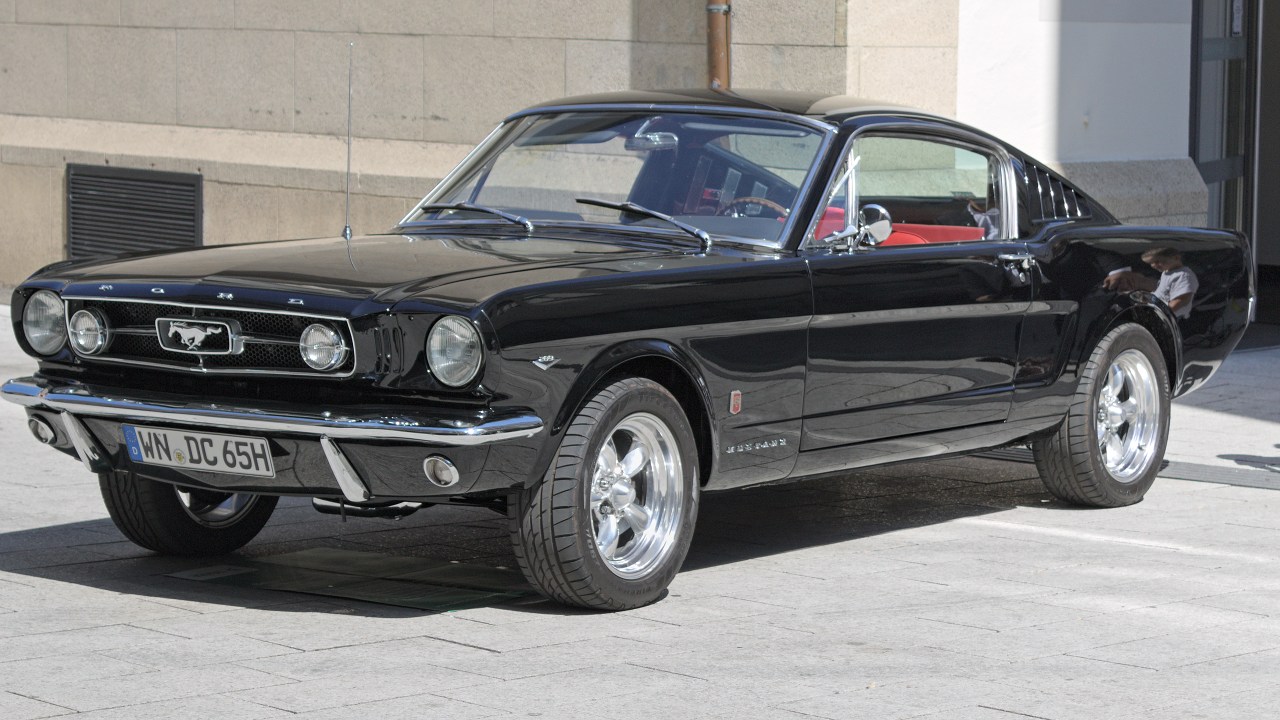
Historical Significance and Nostalgia
Every antique car carries with it a piece of history, often reflecting a bygone era’s design ethos and technological advancements. For instance, the 1965 Ford Mustang is not just a vehicle but a symbol of the American muscle car revolution. Its vintage design and powerful engine evoke a sense of nostalgia and admiration for the craftsmanship of the past. Each car has a story, whether it’s about the innovations of its time or the societal shifts it witnessed.
The aesthetic appeal of these vehicles is undeniable, with their unique lines and attention to detail that set them apart from today’s more uniform designs. The elegance of a 1957 Chevrolet Bel Air, with its iconic tailfins and chrome accents, showcases a level of artistry and craftsmanship that modern cars often lack. Antique cars serve as rolling pieces of art that captivate onlookers and transport them to a different time.
Community and Culture
Owning an antique car also means becoming part of a tight-knit community of enthusiasts who share a passion for vintage vehicles. This camaraderie is evident in the numerous clubs and organizations dedicated to specific makes and models, like the Antique Automobile Club of America. These groups provide invaluable resources, from restoration tips to advice on sourcing parts.
Participating in vintage car shows and rallies is another exciting aspect of antique car ownership. Events like the Pebble Beach Concours d’Elegance offer an opportunity to showcase the beauty and history of classic cars while connecting with fellow enthusiasts. The sense of belonging and shared appreciation for these vehicles enriches the ownership experience and fosters lifelong friendships.
Financial Considerations
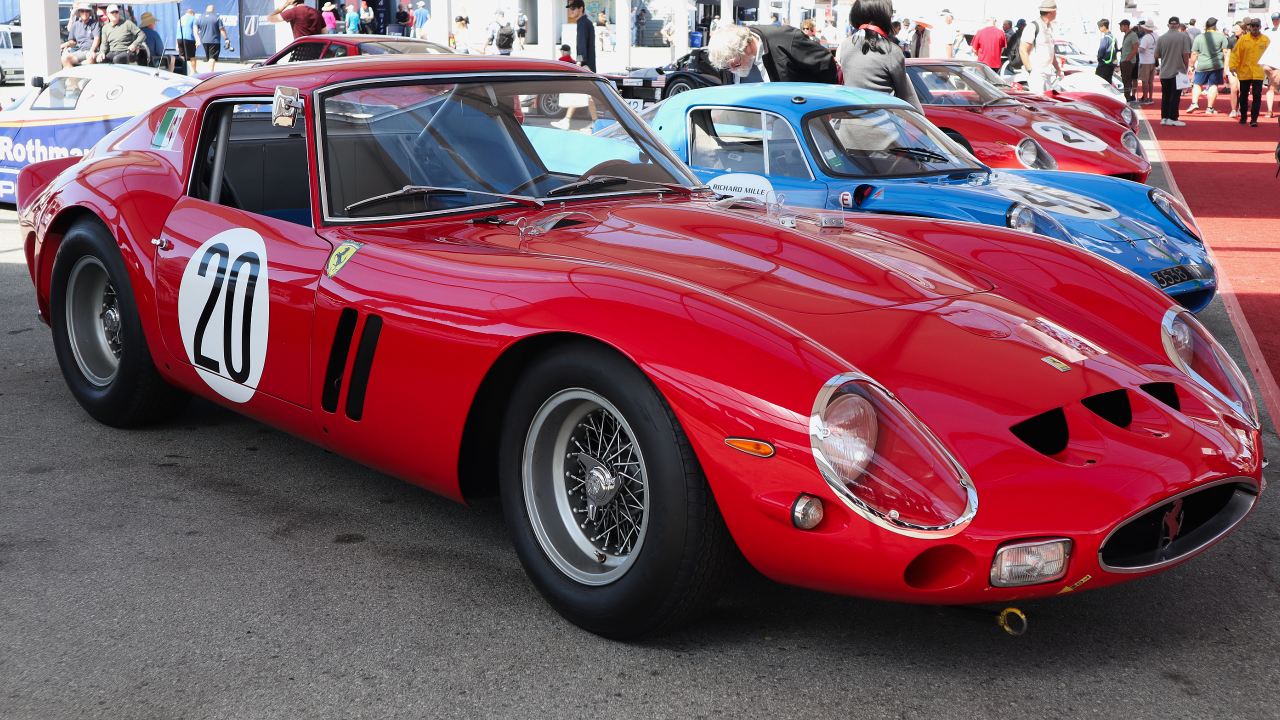
Initial Investment and Market Trends
Purchasing an antique car can be a significant financial commitment, with prices varying widely based on rarity, condition, and historical significance. For example, a well-maintained 1963 Ferrari 250 GTO can fetch millions of dollars at auction due to its limited production and racing pedigree. However, more common models like the Volkswagen Beetle from the 1960s might be more affordable yet still offer a rich history and enjoyable driving experience.
Market trends also play a crucial role in determining the value of antique cars. Economic factors, collector interest, and even pop culture can influence prices. The resurgence of interest in 1980s vehicles, like the DeLorean DMC-12, partly due to its iconic role in “Back to the Future,” demonstrates how external influences can impact market values. Potential buyers must stay informed about these trends to make sound investment decisions.
Maintenance and Restoration Costs
Maintaining an antique car requires a commitment to regular upkeep and restoration, which can be costly. The scarcity of original parts for models like the 1934 Packard Twelve often necessitates searching far and wide or paying a premium to obtain them. Additionally, professional restoration services can add significant expenses, especially if extensive work is needed to return the vehicle to its former glory.
Some owners opt for a DIY approach to restoration, which can reduce costs but requires time, skill, and a willingness to learn. Online forums and communities dedicated to specific makes and models, such as the Classic Zcar Club for Datsun enthusiasts, can be valuable resources for those undertaking restoration projects. Regardless of the approach, budgeting adequately for maintenance and restoration is a critical aspect of antique car ownership.
Maintenance Challenges
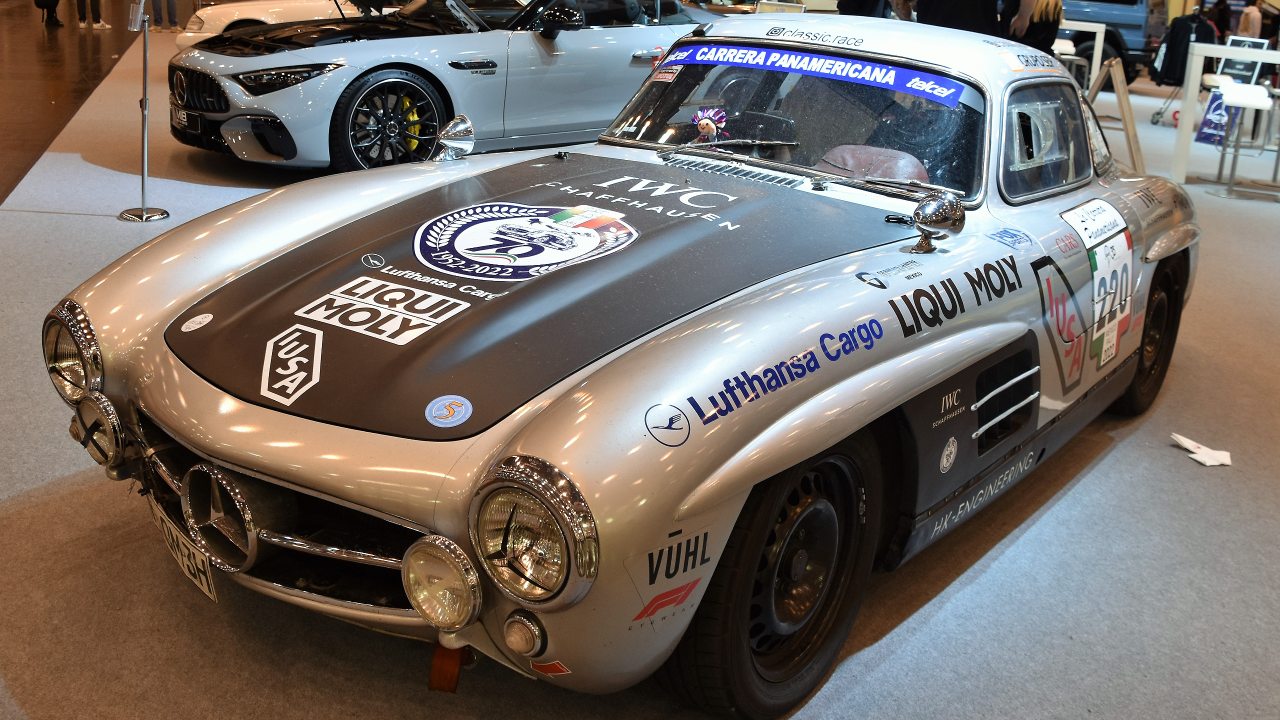
Finding Skilled Mechanics
One of the greatest challenges antique car owners face is finding mechanics skilled in working with vintage vehicles. These specialists possess the knowledge and expertise necessary to handle the unique mechanical systems of cars like the 1954 Mercedes-Benz 300 SL Gullwing. Unfortunately, such expertise is becoming increasingly rare as modern vehicles rely more on digital technology.
To mitigate this issue, many owners choose to develop their own mechanical skills, learning to perform minor repairs and maintenance tasks themselves. This self-sufficiency not only reduces costs but also deepens the owner’s connection to their vehicle. Resources like online tutorials and workshops offered by car clubs can be invaluable for those looking to expand their mechanical knowledge.
Access to Parts and Materials
Acquiring parts for antique cars can be a daunting task, especially when seeking original or period-correct components. For example, sourcing parts for a 1948 Tucker 48, with only 51 ever produced, can be particularly challenging. Many owners turn to alternative solutions, such as custom fabrication or utilizing modern technologies like 3D printing, to recreate parts that are no longer available.
Networking with other enthusiasts and joining online marketplaces specializing in vintage parts can also aid in the search. Platforms like Hemmings and eBay Motors offer a wide range of components for various makes and models, helping owners keep their vehicles running smoothly. Exploring these avenues is essential for overcoming the challenges of maintaining an antique car.
Legal and Insurance Aspects
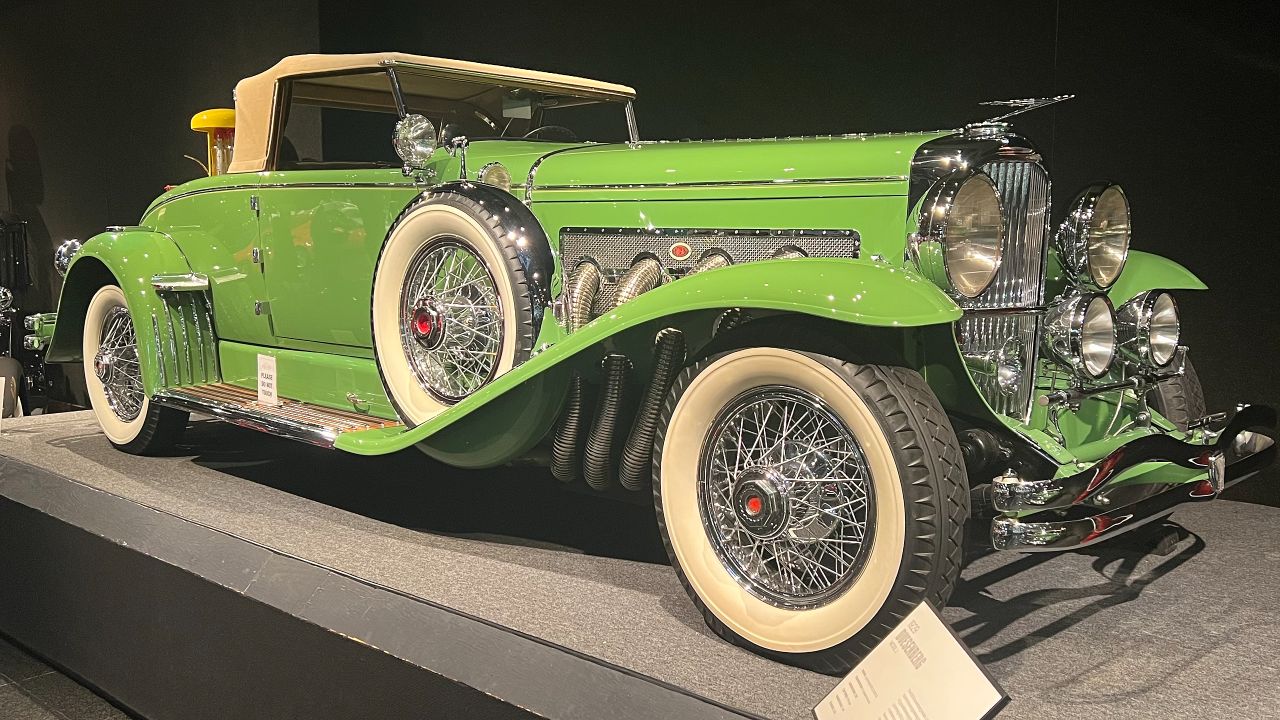
Registration and Compliance
Navigating the legalities of antique car ownership involves understanding the registration process and ensuring compliance with regulations. Many regions offer special registration categories for classic vehicles, which can provide benefits like reduced fees and relaxed emissions standards. However, it is crucial to research the specific requirements in your area to ensure your vehicle is legally roadworthy.
Safety regulations can also pose challenges, as vintage cars like the 1929 Duesenberg Model J may not meet modern standards. Owners must balance preserving the vehicle’s authenticity with implementing necessary safety upgrades. Consulting with experts and staying informed about regulatory changes can help antique car owners navigate these complexities.
Insurance Implications
Insuring an antique car involves unique considerations compared to standard auto insurance. Policies often include agreed value coverage, which ensures that the vehicle is insured for a predetermined amount, reflecting its appraised value rather than depreciating over time. This approach provides peace of mind for owners of valuable cars like the 1962 Shelby Cobra.
When selecting an insurance policy, it’s essential to evaluate coverage options that protect against theft, damage, and depreciation. Some insurers specialize in classic car coverage, offering tailored policies that accommodate the specific needs of antique car owners. Comparing different providers and understanding policy details is critical to securing adequate protection for your treasured vehicle.
The Joy of Driving and Displaying
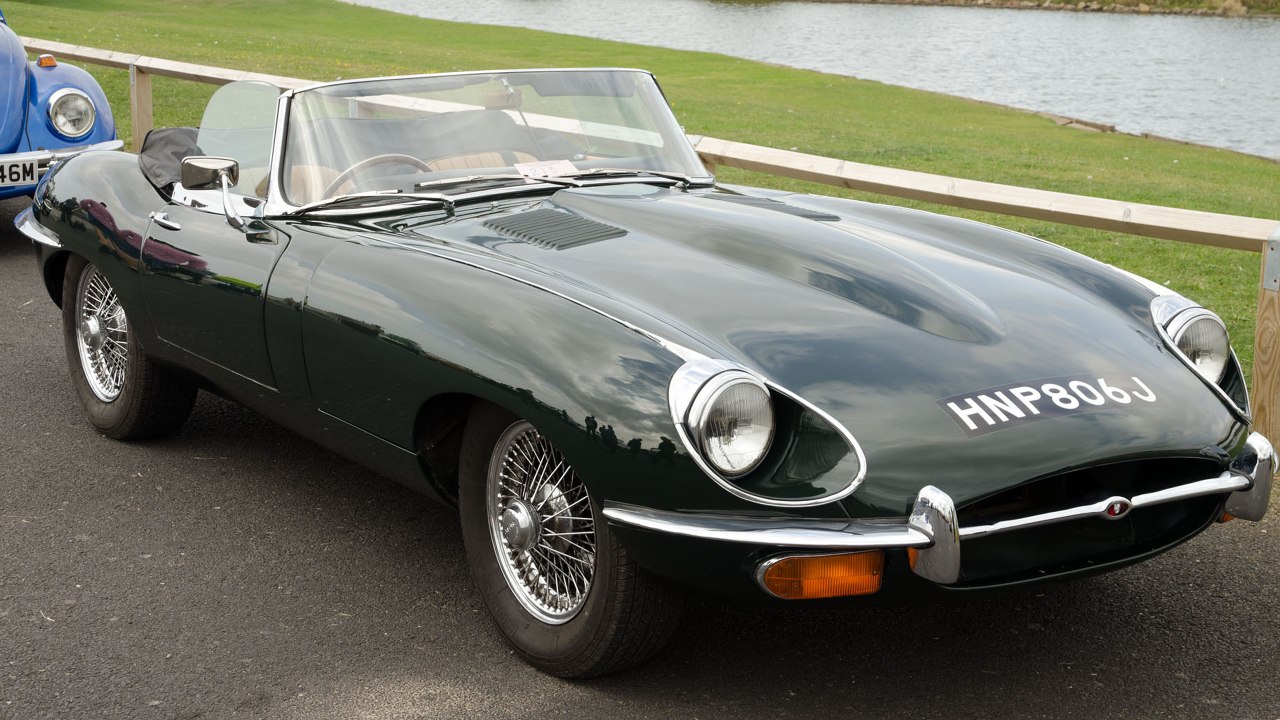
The Unique Driving Experience
Driving an antique car offers a unique experience, distinct from modern vehicles. The tactile feedback and direct connection to the road provided by cars like the 1970 Jaguar E-Type make for an exhilarating drive. These vehicles often lack the electronic aids and conveniences found in contemporary models, offering a purer, more engaging driving experience.
The joy of taking a leisurely drive in a classic car lies in the opportunity to relive history on the road. Whether cruising along scenic routes or participating in vintage car rallies, owners can appreciate the distinct charm and character of their vehicles. Each journey becomes a chance to connect with the past and celebrate the timeless appeal of antique cars.
Showcasing at Events
Displaying an antique car at shows and events is a rewarding aspect of ownership, allowing enthusiasts to share their passion and knowledge with others. Preparing for these events involves meticulous detailing and ensuring the vehicle is in top condition. Competitions like the Amelia Island Concours d’Elegance provide a platform for showcasing the craftsmanship and history of classic cars.
The pride and satisfaction of sharing the story of a beloved vehicle with fellow enthusiasts and the public are immeasurable. Engaging with others who appreciate the artistry and heritage of antique cars fosters a deeper connection to the community and reinforces the joy of owning a piece of automotive history.
Like Fast Lane Only’s content? Be sure to follow us.
Here’s more from us:
*Created with AI assistance and editor review.

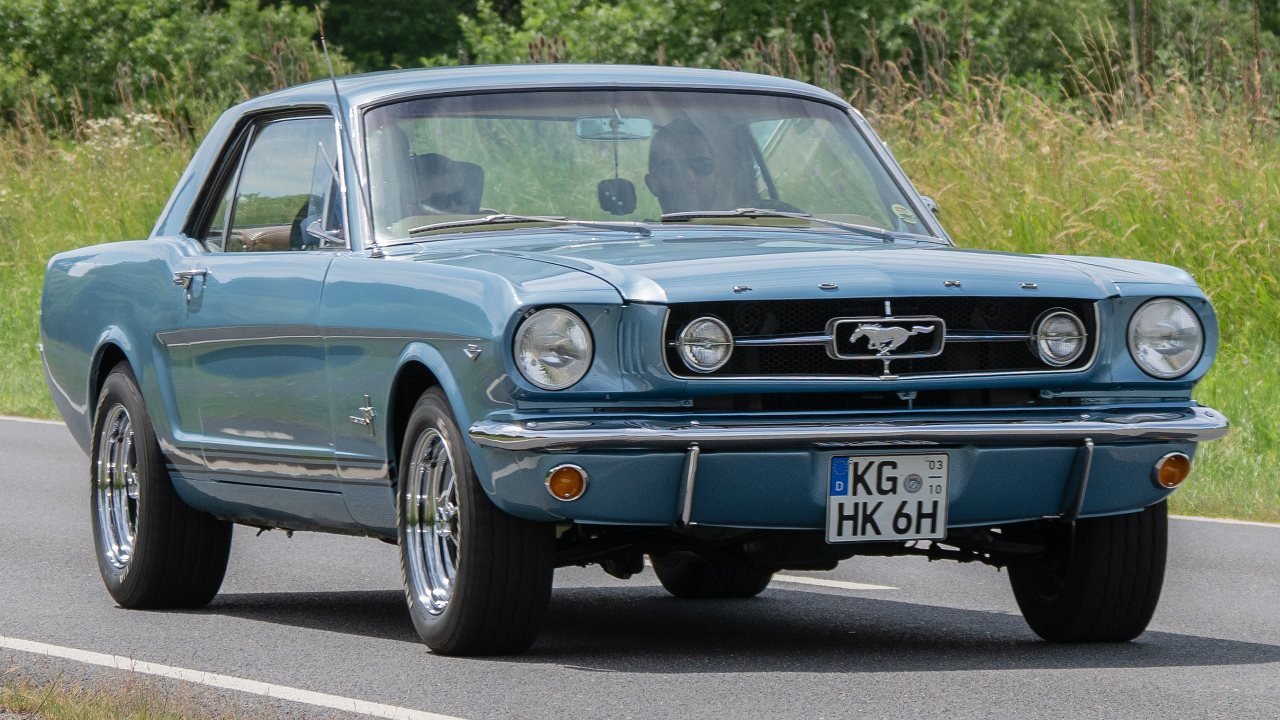
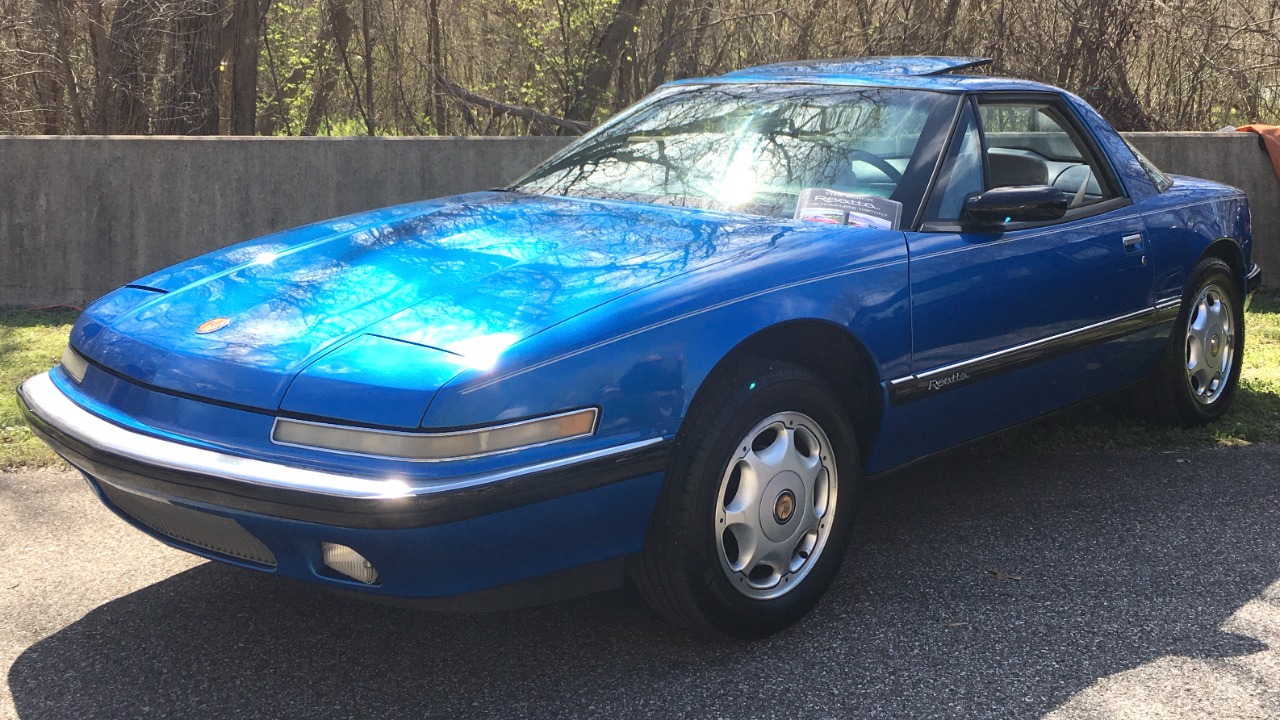

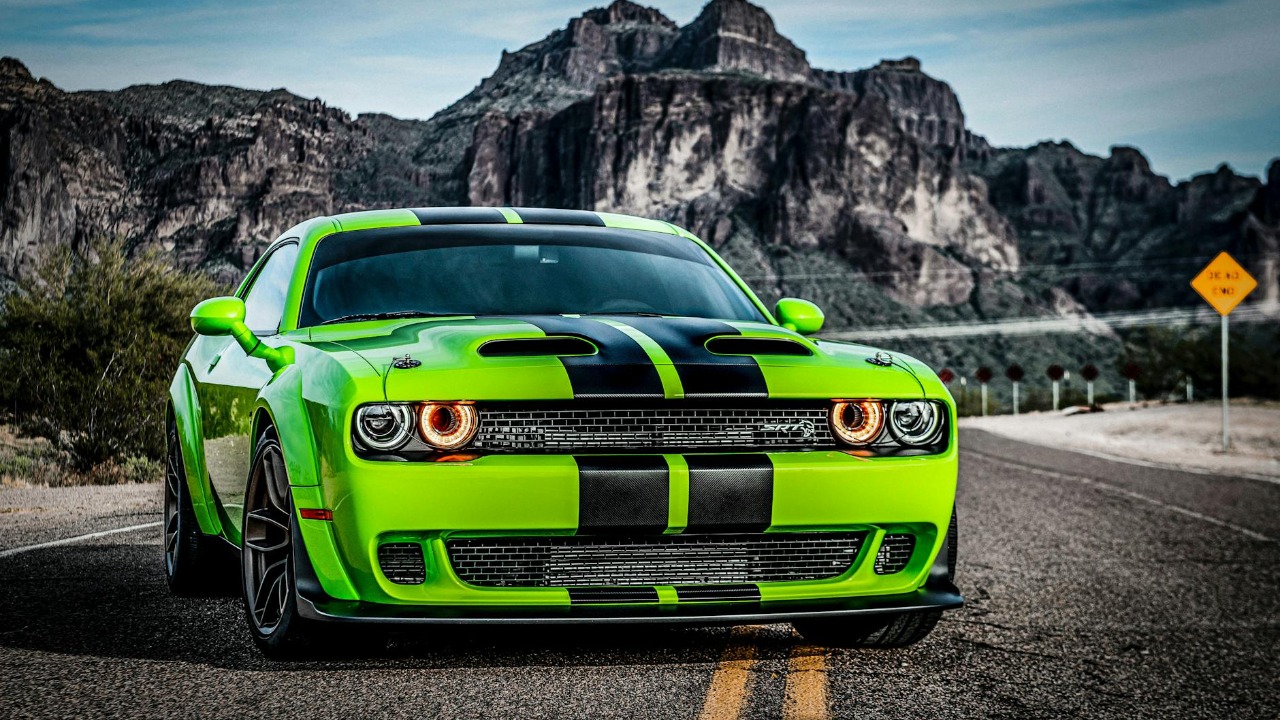

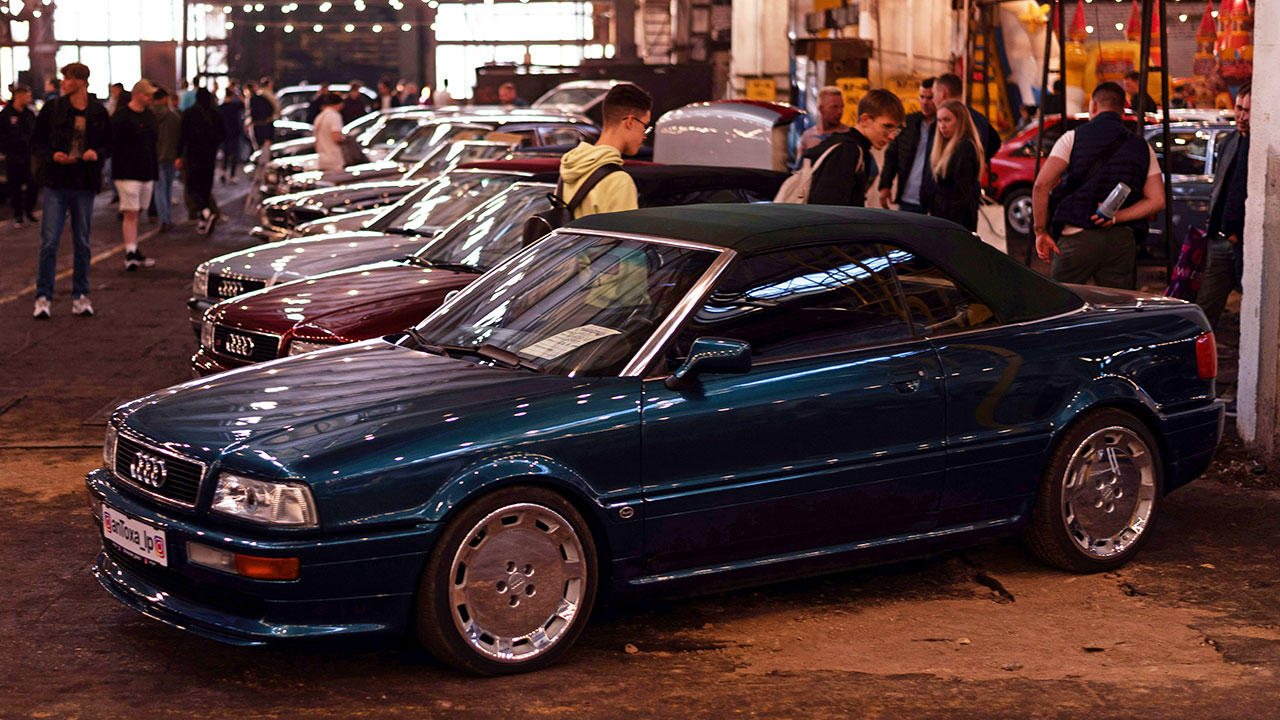
Leave a Reply